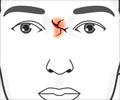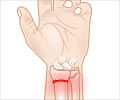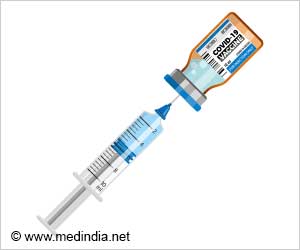Older women who used bisphosphonates (medications that prevent loss of bone mass) for five years or more were more likely to experience atypical fractures involving the

Laura Y. Park-Wyllie, Pharm.D., M.Sc., of the Li Ka Shing Knowledge Institute of St. Michael's Hospital, Toronto, Canada, and colleagues examined the association between long-term bisphosphonate use and subtrochanteric or femoral shaft fractures in a large population of postmenopausal women. The study included women ages 68 years or older from Ontario who initiated therapy with an oral bisphosphonate between April 2002 and March 2008. Cases were those hospitalized with a subtrochanteric or femoral shaft fracture and were matched to up to 5 controls with no such fracture. Study participants were followed up until March 31, 2009.
Over the study period, the researchers identified 205,466 women treated with a bisphosphonate who met inclusion criteria for the study, and within this group, 716 women were identified who sustained a subtrochanteric or femoral shaft fracture following initiation of bisphosphonate therapy, including 411 women with a subtrochanteric fracture and 305 women with a femoral shaft fracture. These cases were matched to 3,580 controls.
In the primary analysis, the researchers found that use of bisphosphonates for 5 years or longer was associated with a 2.7 times higher odds of hospitalization for subtrochanteric or femoral shaft fracture compared with transient use (less than 100 days in total) of bisphosphonates.
The secondary analysis examining the risk of typical osteoporotic fractures included 9,723 women with fractures of the femoral neck or intertrochanteric region (a section of the femur) during bisphosphonate therapy. Extended bisphosphonate use (greater than 5 years) was associated with a 24 percent reduced risk of fracture compared with transient use. Women with intermediate bisphosphonate use (3-5 years) demonstrated a similarly low risk, while a shorter duration of bisphosphonate use (100 days to 3 years) was associated with a nonsignificant reduction in the risk of such fractures.
Further analysis suggested that more than half of subtrochanteric or femoral shaft fractures among women taking bisphosphonates for greater than 5 years were attributable to extended bisphosphonate use; and that approximately 1 of every 10 subtrochanteric or femoral shaft fractures cases in the population might be prevented if no patient received more than 5 years of exposure. Among 52,595 women with at least 5 years of bisphosphonate therapy, a subtrochanteric or femoral shaft fracture occurred in 71 (0.13 percent) during the subsequent year and 117 (0.22 percent) within 2 years.
They add that the results of their study should not deter clinicians and patients from using bisphosphonates in appropriate patients. "Our study confirms the known benefits of bisphosphonate treatment for typical osteoporotic fracture, and evidence suggests that bisphosphonate therapies are underused in individuals at high risk of fracture despite their established efficacy."
 MEDINDIA
MEDINDIA

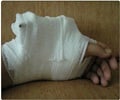
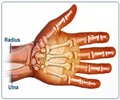
 Email
Email




